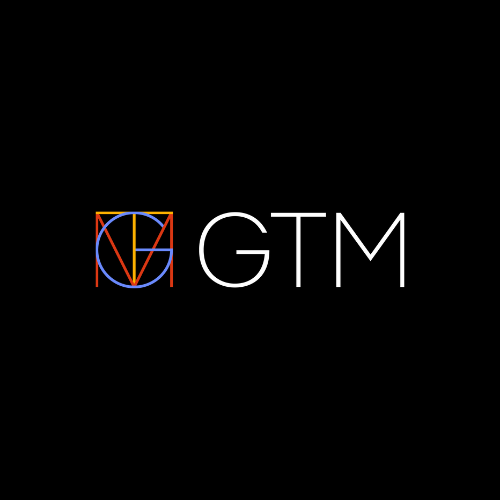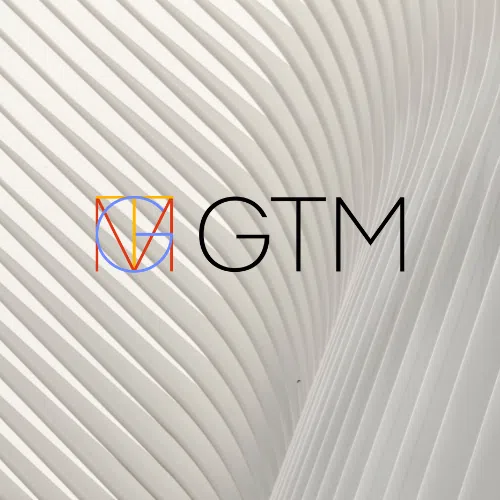As we approach the home stretch of another year, now is a good time to consider tuning up your provision process to prepare for year-end close. Have you allocated resources to ensure all pre-close work is complete before close commences? A lot of work goes into the few months prior to year-end but if you dedicate the time now, it can make your process more efficient and save you time during the busy season.
GTM’s Tax Automation Services Team is a great resource for ensuring your data and technology are ready for a smooth year-end. If you aren’t sure where to start — ask us! If you are an OTP user, check out our YouTube series with shortcuts to mastering key features quickly. The seven-part series covers automation, configuration, data entry, importing and exporting, reporting, system calculation, unit setup, and other OTP tools.
Additionally, GTM has compiled a Tax Provision Checklist below to ensure you are on track to make this year-end as smooth and efficient as possible!
Your Complete Tax Provision Checklist
1: Rollover of Excel Workpapers + Software Readiness
Rolling over Excel workpapers and preparing your provision software now will save you time during year-end. Leveraging technologies such as APIs, Open Database Connectivity (ODBC), Alteryx Connectors, and enhanced Excel integration into tax-specific software can assist you in automating the rollover process.
Consider all aspects of your provision that may need to be updated or rolled over for year-end:
- Workpapers
- Book to Tax Calculations
- Effective Tax Rate Reconciliation (including ASU 2023-09 as needed)
- State Provision Calculation
- Consolidation Files
- Management Reporting
- Provision Software
- User Access
- Entity Maintenance
- Trial Balance Import & Mapping
- Dataset Rollover
- Deferred Roll Forward Balances
- M-1 Adjustments & Mapping
- Journal Entry
2: Analysis of Trial Balance for New Accounts
GTM OTP YE Readiness Webinar Series: Entity and Trial Balance Maintenance
Reviewing year-to-date changes to the Trial Balance will allow you to identify new book or tax accounts added to the ledger throughout the year. Depending on whether the new account is a book or a tax account, there are a few points to consider:
- New Book Account
- Confirm the type of account (revenue, expense, asset, liability)
- Understand the purpose of each new account and what type of activity will be recorded
- Determine the impact of the new account on pre-tax book income
- Determine whether the new account will impact the current book to tax adjustments or if it will require a new adjustment to be considered
- New Tax Account
- Understand the purpose of each new account and what type of activity will be recorded
- Consider implications to the Journal Entry process
Once you have identified changes to the trial balance and analyzed the account for tax sensitivity, the next step is to update your workpapers and software accordingly. The following items should be considered when doing so:
- Ensure the new account is captured accurately for pre-tax book income
- Map new accounts within the software as needed
- Change to book to tax calculations to include new tax-sensitive accounts
- Update the journal entry process
3: Incorporation of Tax and Apportionment Rates
GTM OTP YE Readiness Webinar Series: Tax & Apportionment Rates
Depending on the size of your company and its tax profile, you may have hundreds or more separate rates to enter within the system. This can be a difficult and time-consuming task as you need to gather the most recent statutory tax rates, determine what apportionment rates to use by state/jurisdiction, and analyze the future enacted tax rate changes. There is also a potential risk associated with missing a rate or entering it incorrectly as this will impact P&L expenses and potentially create SOX issues.
- Consider the following rates
- US and NON-US Tax Rates
- State and Local Tax Rates
- Apportionment Rates
- Differences Between Current and Ending Apportionment Rates
- Future Enacted Tax Rate Changes
- Scheduling of Deferred Balances
- Performing your tax and apportionment rate review before the year-end close begins can produce significant benefits!
- Frees up time during the year-end close to focus on other tasks
- Allows for a more thorough and accurate analysis
- Provides the ability to test the process and review preliminary results for reasonableness
- Can provide information to the auditors and other stakeholders for review, prior to year-end close
- Produces a much more controlled process and allows time for last-minute updates if needed
4: Establishment of New Entities
GTM OTP YE Readiness Webinar Series: Entity and Trial Balance Maintenance
Reviewing year-to-date changes to the organizational chart will allow you to identify new entities and potential changes to the company’s reporting structure. When reviewing the organizational chart:
- Determine the purpose and reason behind adding a new entity
- Is this a new entity or a change in entity classification?
- Is the new entity a result of a transaction with other implications to the tax calculation?
- Gather all descriptive information regarding the entity
- Entity name, ledger code, geographical location, currency.
- Confirm tax treatment for the new entity
- Local tax rate, stand-alone entity or member of a consolidated group, special tax treatment.
- Identify local filing requirements, potential short period returns, opening day balance sheet adjustments
Once you have identified changes to the organizational chart, the next step is to update your workpapers and provision software accordingly. The following items should be considered:
- Creating new entities and activating those units in the current period dataset
- Assigning jurisdictions, tax rates, f(x) rates, journal entry profiles, and user access
- Adding the new unit(s) to existing excel based workpapers
- Changes to M1 calculations to include/exclude new entities
- Updating sub-consolidations within the system to include new entities
5: Posting of Return to Provision True Ups
GTM OTP YE Readiness Webinar Series: Federal RTP
GTM OTP YE Readiness Webinar Series: State RTP
Posting and reconciling your RTP True Up ahead of time can save you a lot of headaches when you are amid year-end close. With the expanding functionality of Microsoft Excel based add-ins, transferring data between applications has become much easier and more efficient.
- Transfer of compliance and provision data to facilitate the Federal Return to Provision calculation:
- Tax Reconciliation report can be exported from CorpTax.
- In Excel, you can add ONESOURCE Workpaper formulas to push the information into a tax return dataset in OTP.
- Extracting data from different sources to facilitate the State Return to Provision calculation:
- Tax Reconciliation report can be exported from CorpTax.
- In Excel, you can add ONESOURCE Workpaper formulas to push the information into a tax return dataset in OTP
6: Enter Payable Data Prior to Close
GTM OTP YE Readiness Webinar Series: Payable Activity
Reviewing year-to-date payable activity and getting those entries in ONESOURCE before year-end will save time and help mitigate risk. Depending on the size of your company and its tax profile, there could be hundreds or thousands of income tax payable transactions throughout the year. These transactions can take place across multiple jurisdictions, occur at any point during the year, and are generally recorded by local controllers, not tax professionals.
- Estimated Payments
- Extension Payments
- Refunds
- Audit Settlements
- Withholding Tax Payments
- Reclass Adjustments
- Other Activity
Potential for incorrect or missed entries throughout the year should be considered.
- Entries that should have hit the income tax payable account but were recorded elsewhere
- Entries that were recorded to the income tax payable account but should have been booked to another account
Identifying and resolving these issues can be a timely and difficult task during year-end.
- Large number of transactions to review
- Often requires information from corporate accounting and/or local controllers
- Audits that span multiple years
- Currency translation
Since payment/refund activity is a one-sided entry within OTP, any issue can cause an out-of-balance journal entry, preventing a preparer from completing their provision within the system.
7: Getting Transaction Data Entered Before Close
GTM OTP YE Readiness Webinar Series: Transactions
Transactions that occur during the year can have a significant impact on tax provision. The items below should be considered when preparing your provision software for year-end readiness:
- Divestitures (sale of assets, sale of a business, spin-off) :
- Identifying entities that are classified as Discontinued Operations
- Set up Disc Ops entities
- Entities with mixed activity
- Identifying additional reporting requirements
- Prior year restatements
- Carve-out financials
- Identifying entities that are classified as Discontinued Operations
- Acquisitions (stock purchase, purchase of assets):
- Opening day balance sheet
- Purchase price adjustments, step up in basis
- Creation of new entities in the software
- Opening day balance sheet
- Reorganizations (check-the-box entities, change in entity classifications)
- Short Period Provisions
- Sub Consolidation Review (continuing operations vs. discontinued operations)
- Journal Entry Profiles
Contact us below to explore how we can help.






